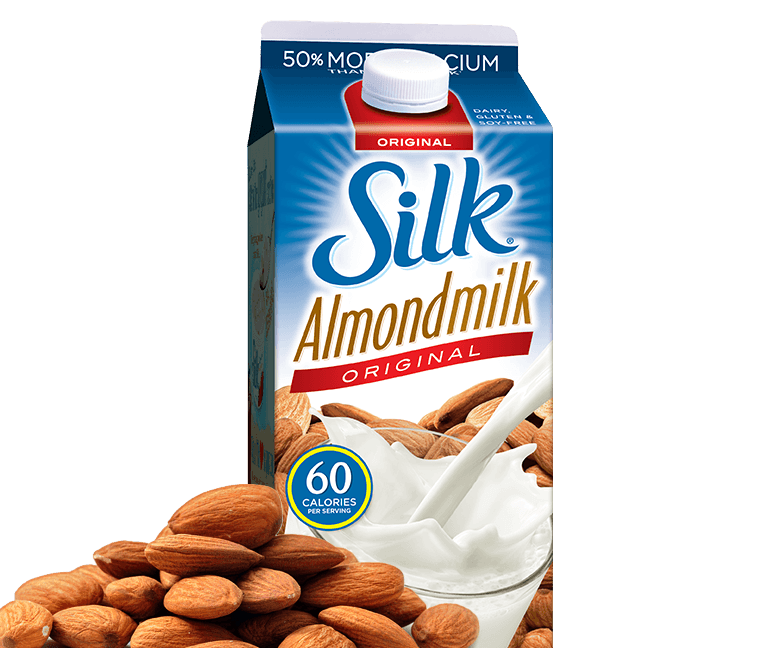Why the Drama?
Dairy is a sore subject for many in the wellness space. It’s widely maligned by health experts for containing lactose and casein, two ingredients that are difficult for many of us to digest, and dairy cattle are also often injected with rBGH (recombinant Bovine Growth Hormone), a genetically engineered hormone designed to increase milk production. “Though cow’s milk may be the perfect food for baby cows, it’s not necessarily great for adult human beings. There are over 60 hormones in an average glass of milk. The process of pasteurization eliminates many of the beneficial components of milk and homogenization creates fats that are foreign to most human digestive systems,” explains integrative and functional medicine physician and founder of Eleven Eleven Wellness Center Dr. Frank Lipman. While the per capita consumption of milk may be dropping, it’s still at about 0.8 cups per day and a significant source of calcium and vitamin D for many individuals, leaving us to wonder, if you’re going to be drinking milk or consuming products formulated with dairy, should you go for the full-fat, low-fat or fat-free option?
You Need Fat to Absorb Vitamins
“Generally speaking, I recommend my clients skip skim milk and opt for low-fat or full-fat milk depending on their nutritional goals and the situation,” says Amy Shapiro, MS, RD, CDN and founder of Real Nutrition NYC. “Milk often contains vitamins A and D, which are fat soluble vitamins, and in order to be absorbed, they need some fat to be consumed with them. Low-fat or full-fat milk allows for proper absorption of these vitamins. Also note that skim milk does not contain any healthy omega-3 fats like its low and full-fat counterparts.”
Fat Helps Slow Down Sugar Absorption
Milk also contains natural sugar (lactose) and that sugar absorption slows down in the presence of fat, so low-fat or full-fat, again, are better choices.
Non-Skim Options Help Satiate Better
Shapiro notes that from her experience because low-fat and full-fat options taste better than skim milk, “clients will likely be more satisfied from a little instead of pouring a lot. In cases of getting coffee drinks, making smoothies or drinking multiple glasses, I recommend low-fat because we don’t want to consume excess fat and calories in these situations.”
Shop Carefully
Not any old milk will do, though. Shapiro stresses that it’s important that people purchase grass-fed organic milk no matter what type they are buying to avoid hormones, antibiotics and to get an added dose of omega-3 fatty acids.
Non-Dairy May be the Ultimate Healthy Choice
Ideally, like Lipman, Shapiro recommends that people opt to substitute almond milk

